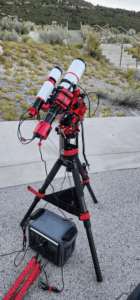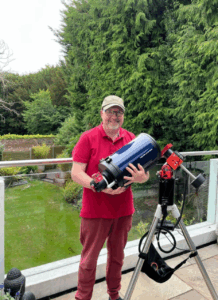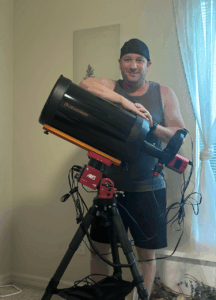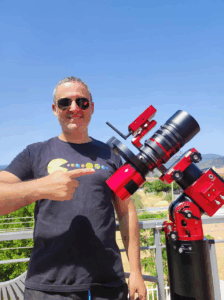
Total Solar Eclipse
On Monday, August 21, 2017, a solar eclipse occured and the entire sequence of totality was visible from North America. For amateur astronomers, this was a big event.
How does it happen?
When the moon passes between sun and earth, and blocks all or part of the sun, a solar eclipse occurs as the moon’s shadow is cast on Earth.
 Picture form NASA
Picture form NASA
Path of totality
The path of totality is a relatively thin ribbon, around 70 miles wide, which cross the U.S. from West to East.
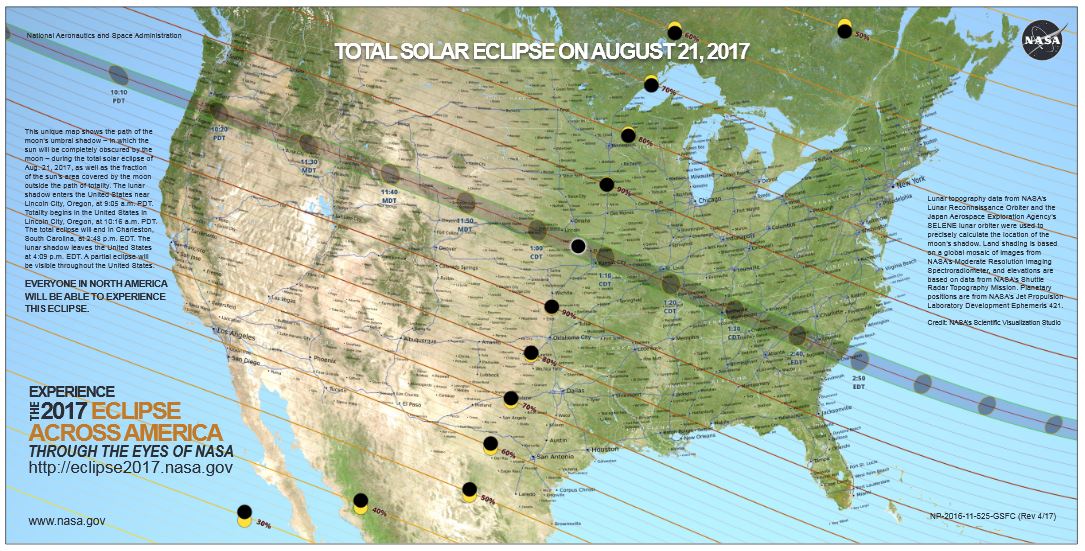 Picture form NASA
Picture form NASA
Time schedule
If you wish to observe the eclipse in totality, the following table of eclipse times for cities in the path of totality should help you plan:
 Picture form NASA
Picture form NASA
Safety notice of solar photography
When photographing a solar eclipseyou will need a very strong filter to reduce the bright, intense light of the sun. Photographing without a proper filter could result in damage to your equipment. AstroSolarTM 5.0 and 3.8 are very popular choices. For best results, an H-alpha solar telescope will be some astronomer’s new favorite.
Which ASI cameras are highly recommand for solar eclipse photography?
ASI071MC-C (Our Ratings: ★★★★★)
Discount Price: 1480USD 1380USD
 SONY IMX071 color sensor (APS-C)
SONY IMX071 color sensor (APS-C)
10FPS@4944*3284 (16 Mega Pixels)
ASI071 has a big sensor, and very nice color performance. You can use this camerato record all the phases of the eclipse. Especially to capture the vividmoments of the Diamond Ring, Baily’s Beads and the solar corona. This camera is most suitable for Live Webcasting as well.
ASI071 and 600mm focal length telescope will have best FOV performance:

ASI174MM/ASI174MC (Our Ratings: ★★★★★)
 ASI174MM
ASI174MM
Discount Price: 599USD 549USD
SONY IMX174 mono sensor (1/1.2 inch)
164FPS@1936*1216 (2.3 Mega Pixels)
Our mono ASI174 camera is a best match for Lunt or Quark solar telescopes if you intend to take wonderful Ha images. It has a high 164FPS frame rate for high detail images.

ASI174MC
Discount Price: 599USD 549USD
SONY IMX174 color sensor (1/1.2 inch)
164FPS@1936*1216 (2.3 Mega Pixels)
Our color ASI174 camera has a high 164FPS rate, much faster than theASI071 and ASI1600. Only a few seconds of high frame rate exposure will stack into high quality images.
 Nikon Lens Adapter
Nikon Lens Adapter
Nikon Lens Adapter for EFW
Canon EOS Lens Adapter
Canon EOS Adapter for EFW
ASI174 should be paired with a very short focal length. The Canon EOS 300mm f/2.8 would be a perfect match! The global shutter in this camera will prevent any issues with camera shake.

ASI1600MC- Cool/ASI1600MM-Cool (Our Ratings: ★★★★☆)

ASI1600MC-Cool
Discount Price: 999USD 949USD
Panasonic MN34230 color sensor (4/3 inch)
23FPS@4656*3520 (16 Mega Pixels)

ASI1600MM-Cool
Discount Price: 1280USD 1180USD
Panasonic MN34230 mono sensor (4/3 inch)
23FPS@4656*3520 (16 Mega Pixels)
ASI1600MC-C has a relatively large 4/3″ sensor. It is not as big as the ASI071, but larger than other ASI cameras mentioned so far. TheASI1600 can reach 23FPS, which means you can capture more frames in one second than the ASI071. ASI1600 pairs better with a shorter focaltelescope or lens than the ASI071. After eclipse, 1600 cooled camera can continue using for DSO imaging.
ASI1600 uncooled version is also good for eclipse, we make a discount for uncooled version too.

ASI1600MM
Discount Price: 999USD 899USD
Panasonic MN34230 mono sensor (4/3 inch)
23FPS@4656*3520 (16 Mega Pixels)

ASI1600MC
Discount Price: 699USD 649USD
Panasonic MN34230 color sensor (4/3 inch)
23FPS@4656*3520 (16 Mega Pixels)
ASI1600 and a 420mm focal length telescope will have the best FOV performance:

If you only have, or can only afford, a basic ZWO planetary camera such as the ASI290MM or ASI224MC, this is not a problem. You just need a shorter 135mm DSLR lens to take a photos of the eclipse.
ASI290MC (Our Ratings: ★★★☆☆)
 ASI290MC
ASI290MC
Discount Price: 349USD 299USD
Sony IMX290 sensor
170FPS@1936*1096 (2.1 Mega Pixels)
 Nikon Lens Adapter
Nikon Lens Adapter
Nikon Lens Adapter for EFW
Canon EOS Lens Adapter
Canon EOS Adapter for EFW
ASI290 with 135mm DSLR lens will have best FOV performance:

ASI224MC (Our Ratings: ★★☆☆☆)
 ASI224MC
ASI224MC
Discount Price: 299USD 269USD
Sony IMX224 color sensor
150FPS@1304*976 (1.2 Mega Pixels)

Nikon Lens Adapter
Nikon Lens Adapter for EFW
Canon EOS Lens Adapter
Canon EOS Adapter for EFW
ASI224 with 135mm DSLR lens will have best FOV performance:

Best way to do solar eclipse photography
Perpare for eclipse
First, you need to acquire a proper filter, telescope or other device to protect your eyes and camera from the intense light of the sun. Even during an eclipse, the sun’s light can still be quite intense. Usually, we at the very least need a solar filter such as Baaderfilm; ERF would be a good option as well. A Hershel Wedge is another option. Finally, a Lunt Ha telescope is very popular, too!

Second, for photography, you need to use an IR-cut filter to prevent the strong infrared light of Sun from reaching the sensor. Filtering out this unnecessary light will make the pictures to be clear with nature color.
Third, polar adjustment will need to be done before eclipse. Proper polar alignment will ensure tracking is correct and steady for the duration of the event. Best to do polar alignment the night before the eclipse if possible, as once the sun rises, you will be unable to see any stars to properly align.
Most importantly, if you want to make a proposal to your girlfriend, take her to the path of totality. I swear the possibility of success is over 100%! 😀
Option 1: Single shot
Single shot is just like DSLR. We suggest using SharpCap or FireCapture to get single shot images.
Time interval:
Partial Eclipse-2min will be sufficient
Baily’s beads-1~2sec
Total eclipse- No interval, take photos as much as you can
Exposure time:
Depends on your equipment, avoid overexposure.
Remember to use 16bit RAW.
Highest Dynamic Range Setting (gain:0 offset:8 for ASI071) will have a very widedynamic range.
You will need to get more single shots in total eclipse phase.
Exposures of 0.01s, 0.05s, 0.1s, 0.2s, 0.5s, 1s, 3s& 5s will all pick up different details of the corona and solar prominence when in totality phase.
Advantage:
Easy to handle, fast to adjust exposure, and you can see the pictures immediately.
Additionally, the total data volume is small, so you can save disk space.
Option 2: Short videos
As in theprevious chapter, we recommend using the Highest Dynamic Range setting(gain:0 offset:8 for ASI071) to get very widedynamic range.
Regarding software, I suggest FireCapture to record videos. For the partial eclipse, record 5-10s videos (exposure will be less than 1ms, exactly what depends on the target brightness). Stack all the frames in the video as one image to produce an image better than a single shot. You can sharpen the image to bring out more details.
Thiseclipse will only remain in totality for approximately 2min. So we don’t have much time to adjust shooting setting. If you wish to try several settings to extract the most detail, these can provide a starting point:
0.5s exposure,10second video X 1
1s exposure, 10 second video X 1
3s exposure, 10 second video X1
With several different exposures like this, you have the option of creating an HDR image to make faint and bright details look better.
Option 3: Delay time videos
Delay time video is a single video using a low frame rate to record the complete solar eclipse. When we play such a video back at 30fps, we can see the eclipse played back much more quickly.
It is possible to use SharpCap for delay time videos. There is a Frame rate limit option, if we use 1 fps, it mean the camera will only take a frame each second. A frame rate of 1fps should be sufficient to create a delay time video of the eclipse.
For this option, you will want to record the entire eclipse. This will take 2 hours and 35minutes, which equals 9300 seconds. In turn, this means the video will have 9300 frames.
If using the ASI071 or ASI1600, (16bit raw, high speed mode off) it will use about 250GB data on disk.
Most importantly, as with prior options, use Gain:0 to get the Highest Dynamic Range, and Auto exposure to reduce the hassles of adjusting exposure as the eclipse progresses.
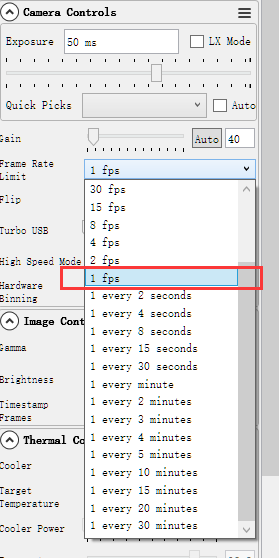
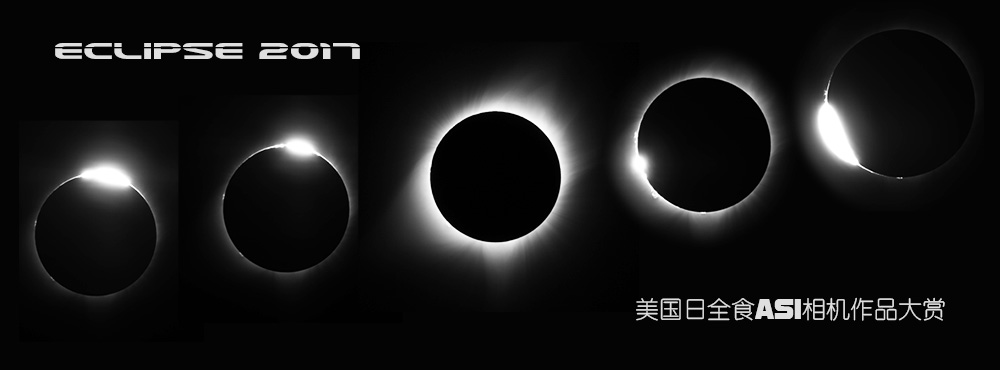
Wonderful images of Solar Eclipse in North America
For now, we received many wanderful images from our users. If you would like us to share your great images token by ASI cameras, Please post on our Facebook : ZWO Astronomy Cameras
Most imprisive moments of eclipse by Ke_li


Lunt LS80, single stack, B1800 with ZWO174MM by djhanson

Lunt LST80Ha with ZWO ASI174MM in Torrington Wyoming by Bruce Girrell

Baily’s beads and Corona, ASI1600MC-COOL + Vixen ED80sf by Wah!
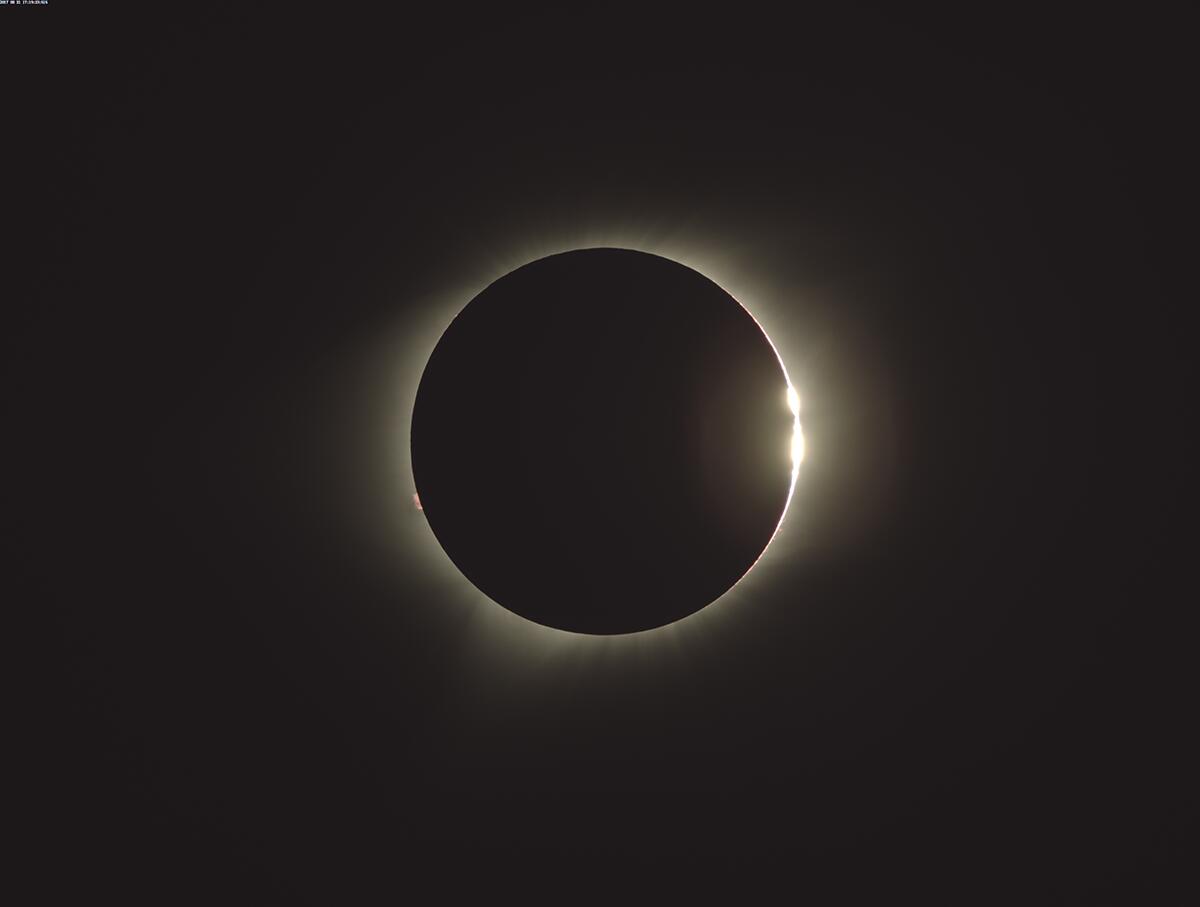

66mm refractor and ASI1600MC camera by PNWkarma

Diamond Ring and Corona taken by ASI071MC-Cool at Warmsprings, Colorado! by Masaya Minamiguchi

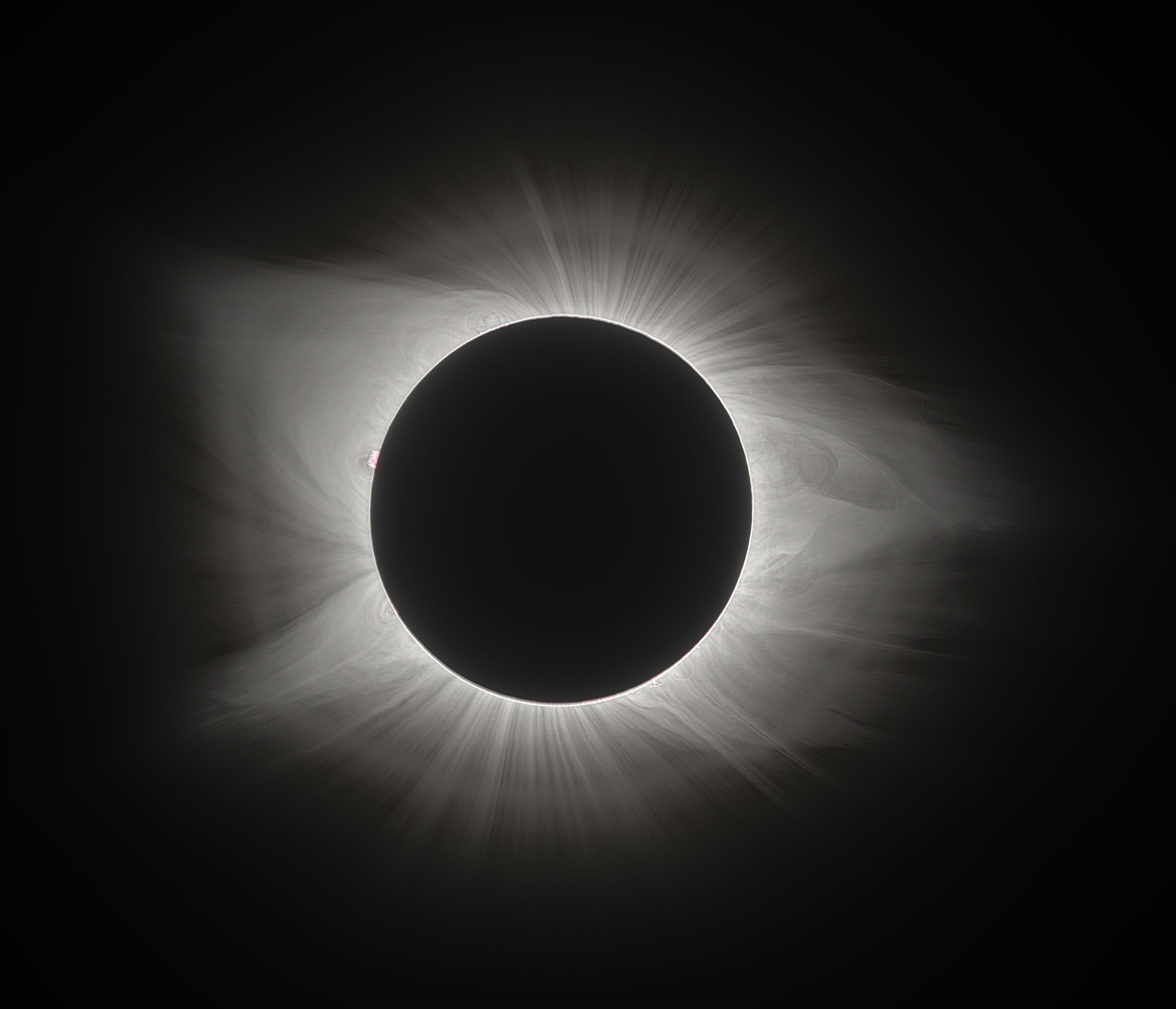
Great solar eclipse 2017! Photos taken with ZWO ASI 1600 MM cool camera. by Alain Maynez

Composite image of the solar eclipse. Images taken with the awesome ASI1600MM-Cool through my 8″ SCT and then colorized. by Frank M

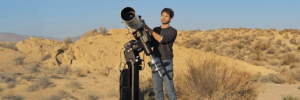









 Nikon Lens Adapter
Nikon Lens Adapter





 Nikon Lens Adapter
Nikon Lens Adapter















